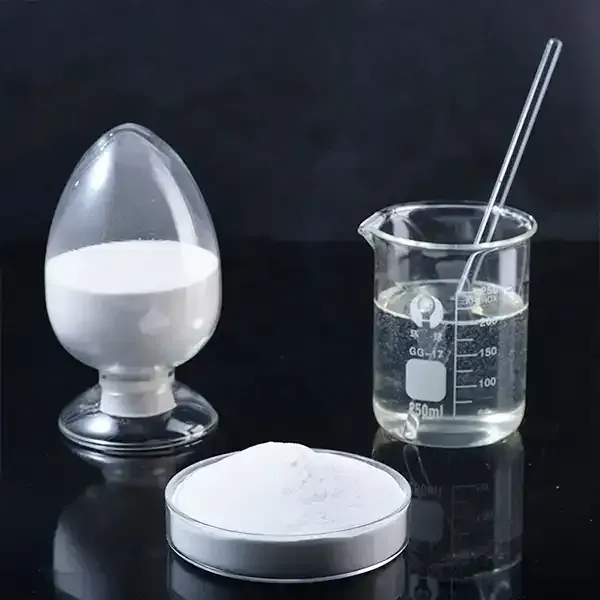The Role of Cellulose Ethers in Modern Industries
Cellulose ethers are a fascinating group of derivatives derived from cellulose, a natural polymer that forms the primary structure of plant cell walls. Cellulose itself is abundantly available and renewable, making cellulose ethers an environmentally friendly alternative in numerous industrial applications. Their unique properties, which include the ability to provide viscosity, gelation, and stabilization, make them invaluable in various fields such as pharmaceuticals, food, cosmetics, and construction.
One of the key types of cellulose ethers is methylcellulose, which is widely used in the cooking industry as a thickening agent. Its water-retaining properties enhance the texture and mouthfeel of foods, contributing to a more enjoyable eating experience. Methylcellulose is also used in gluten-free baking as it mimics the texture and elasticity provided by gluten. The compound forms a gel when heated, providing structures that mimic traditional bread. This functionality highlights its importance in adapting food products to meet diverse dietary needs.
In the pharmaceutical industry, cellulose ethers play a crucial role as excipients — substances that aid the manufacturing process and enhance the bioavailability of active ingredients
. Hydroxypropyl methylcellulose (HPMC) is one such example, often employed in controlled-release formulations. The ability of HPMC to swell and form a gel-like substance in response to moisture enables a steady release of drugs over an extended period, ensuring sustained therapeutic effects. This is particularly beneficial for medications that require a slow release to avoid side effects or maintain consistent plasma levels in the body.cellulose ethers

Cosmetics and personal care products also benefit significantly from cellulose ethers. They are commonly utilized as thickening agents in lotions, creams, and gels, imparting a desirable texture and enhancing application feel. Additionally, cellulose ethers can stabilize emulsions, helping to maintain the uniformity and efficacy of products such as sunscreens and moisturizers. Their ability to form a film on the skin helps with hydration and protection, further emphasizing their versatility.
Moreover, cellulose ethers are essential in the construction industry. They are used in cement mortars and tile adhesives, where they improve workability, adhesion, and water retention. The addition of cellulose ethers allows for easier application and a longer open time, which helps prevent premature drying of the mixtures. This is particularly important in construction projects where environmental conditions can vary significantly. The water-retaining properties of cellulose ethers ensure that the mixtures cure properly, leading to stronger and longer-lasting substrates and finishes.
Beyond their individual applications, cellulose ethers also contribute to sustainability efforts. As renewable materials, they inherently reduce the environmental impact associated with petroleum-based additives commonly used in various industries. Their biodegradability and non-toxic nature further enhance their appeal for use in environmentally sensitive applications.
In conclusion, cellulose ethers represent a vital and versatile class of compounds that find application across multiple industries. Their unique properties not only enhance product performance and consumer experiences but also align with the growing shift towards sustainability. As research continues to uncover new functionalities and improve existing applications, the role of cellulose ethers is likely to expand, paving the way for innovative solutions that benefit both industry and environment alike.






